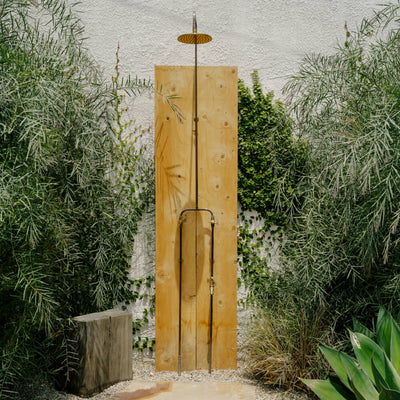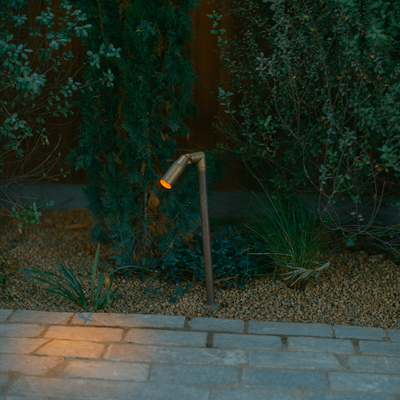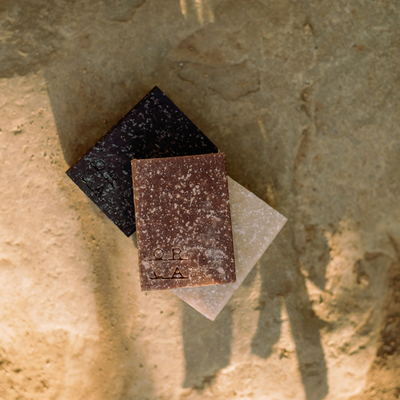Material Study: Brass
Brass is a metal alloy made from two natural elements: copper and zinc (made from 66 to 83 percent copper and 17 to 30 percent zinc). Brass: an enduring material that has been forged and cast into feats of human artistry and innovation, lending itself to both exalted treasures and useful everyday objects.


An Ancient Technique
Brass objects may be cast (made by pouring hot, molten brass into a mold), forged (heated from a sheet and pressed into shape) or stamped (pressed into a desired form from thin sheet brass without the use of heat).

History
The ancient Romans were enamored by the golden sheen of brass, selecting it for their vessels, dress armor and jewelry. In medieval Europe, sheets of the copper-zinc alloy were cut into monumental effigies and inlaid into the walls of churches to commemorate the dead. Starting in the 16th century, brass became an emblem of abundance. Highly durable yet malleable, it was hammered and embossed with ornate designs and used to shape chandeliers, candles and clocks.
Properties
Brass is flexible, lending itself to being shaped in many different ways. Due to its resistance to corrosion and low coefficient of friction, brass has been used to make locks for hundreds, if not thousands, of years. Brass's copper content gives it antibacterial properties that make it ideal for use in high-touch applications such as door handles and drawer pulls. It is also conductive and can withstand extreme temperatures.
Variations
Basic brass is one-third zinc and two-thirds copper, but these levels can be adjusted to achieve various properties. Since zinc reacts with the minerals in salt water, it is not suitable for marine uses, but if tin is added to the alloy, it results in a saltwater-resistant "marine brass." Brasses with higher copper content are softer and more golden in color; those with a higher zinc content are more silver in color, but more difficult to machine. Lead is sometimes added to brass to improve machinability.


Brass as sound
Though most "brass" instruments are actually made from the alloy, most scholars define the brass category based on the way the sound is made — through sympathetic vibration of air — rather than whether the instrument is actually made of brass.
With age
Brass is often selected in garden design and outdoor applications for its ability to withstand the elements and maintain its material integrity with time. The Gate Latch Passage Set is formed from raw brass, meaning that it hasn't been treated with a protective coating, allowing it to darken and patinate beautifully with age. Unlacquered brass is a warmer, more lived-in alternative to the enduring sheen of its lacquered counterpart, and it harmonizes with the natural textures and colors of outdoor environments.
Shop Brass






